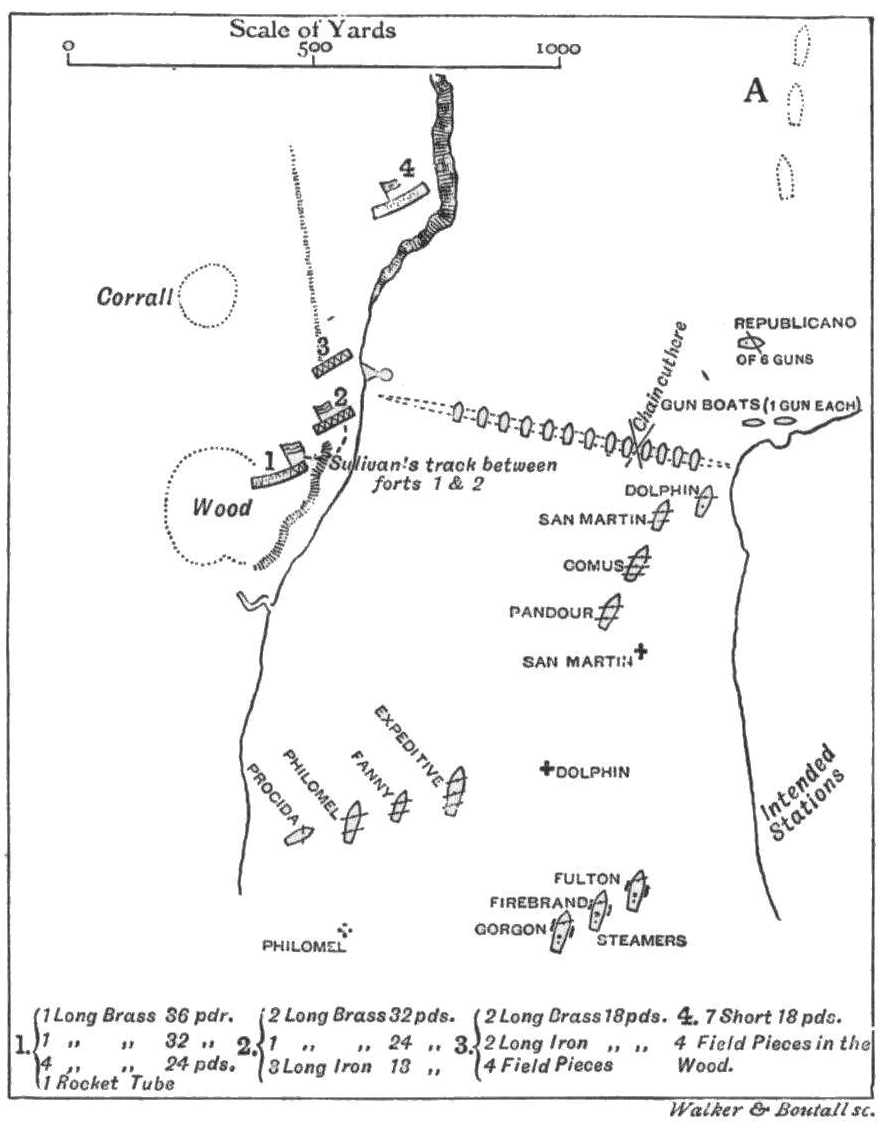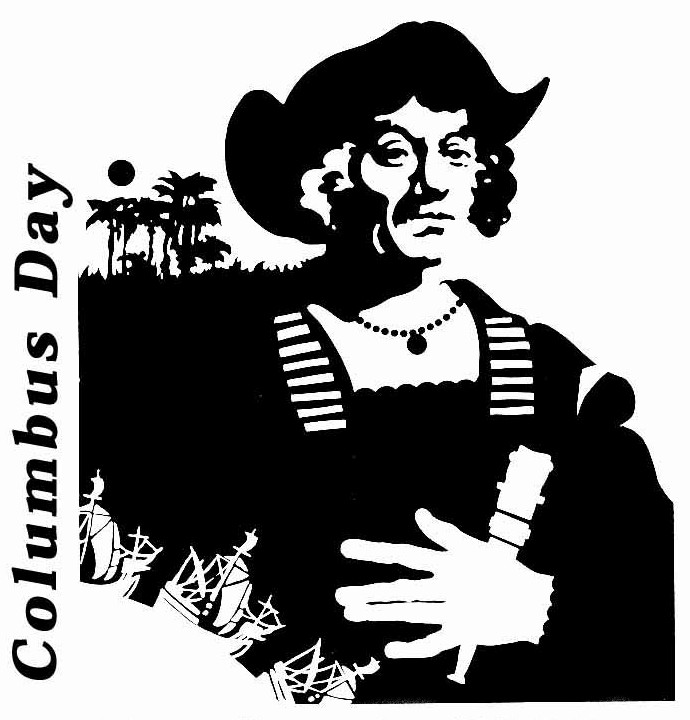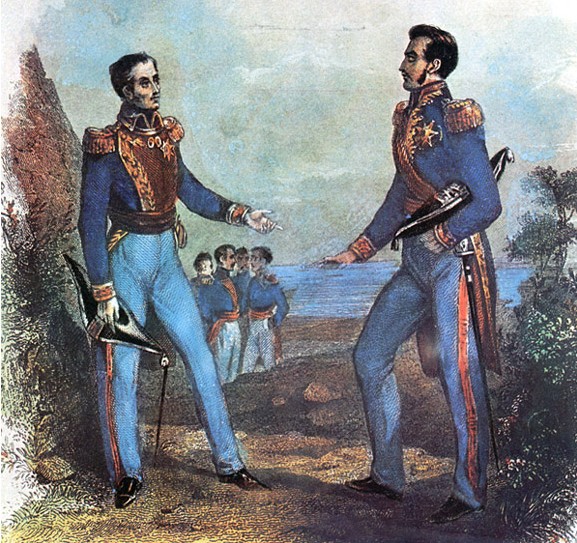|
Public Holidays In Argentina
The following are the national public holidays and other observances of Argentina. Though holidays of many faiths are respected, public holidays usually include most Catholic based holidays. Historic holidays include the celebration of the May Revolution (25 May), Independence Day (9 July), National Flag Day (20 June) and the death of José de San Martín (17 August). The extended family gathers on Christmas Eve at around 9 p.m. for dinner, music, and often dancing. Candies are served just before midnight, when the fireworks begin. They also open gifts from Papá Noel (Father Christmas or "Santa Claus"). New Year's Day is also marked with fireworks. Other widely observed holidays include Good Friday, Easter, Labor Day (1 May) and Veterans Day (formerly Malvinas Day, 2 April). Public holidays in 2022 The "movable holidays" whose dates coincide with Tuesdays and Wednesdays will be moved to the previous Monday. Those that coincide with Thursday, Friday, Saturday and Sunday will ... [...More Info...] [...Related Items...] OR: [Wikipedia] [Google] [Baidu] |
Public Holiday
A public holiday, national holiday, or legal holiday is a holiday generally established by law and is usually a non-working day during the year. Sovereign nations and territories observe holidays based on events of significance to their history, such as the National Day. For example, Australians celebrate Australia Day. They vary by country and may vary by year. With 36 days a year, Nepal is the country with the highest number of public holidays but it observes six working days a week. India ranks second with 21 national holidays, followed by Colombia and the Philippines at 18 each. Likewise, China and Hong Kong enjoy 17 public breaks a year. Some countries (e.g. Cambodia) with a longer, six-day workweek, have more holidays (28) to compensate. The public holidays are generally days of celebration, like the anniversary of a significant historical event, or can be a religious celebration like Diwali. Holidays can land on a specific day of the year, be tied to a certain day ... [...More Info...] [...Related Items...] OR: [Wikipedia] [Google] [Baidu] |
First National Government
The Anniversary of the First National Government ( es, Primer gobierno patrio) is a public holiday of Argentina, commemorating the May Revolution and the creation of the Primera Junta on May 25, 1810, which is considered the first patriotic government of Argentina. Along with the 9 July, which commemorates the Declaration of Independence, it is considered a National Day of Argentina. History Commemorations of the May Revolution have been held since 1811, the first anniversary: Cornelio Saavedra ruled so for Buenos Aires, and Manuel Belgrano and Juan José Castelli did the same during their military campaigns at the cities they had under control during the anniversaries. The day was officially declared a national day by the Assembly of Year XIII on May 5, 1813. The 1816 Argentine Declaration of Independence provided an alternative national day. In the beginning, this added to the conflicts between Buenos Aires and the provinces in the Argentine Civil War, with the date in May being ... [...More Info...] [...Related Items...] OR: [Wikipedia] [Google] [Baidu] |
Anglo-French Blockade Of The Río De La Plata
The Anglo-French blockade of the Río de la Plata was a five-year-long naval blockade imposed by France and Britain on the Argentine Confederation ruled by Juan Manuel de Rosas. It was imposed in 1845 to support the Colorado Party in the Uruguayan Civil War and closed Buenos Aires to naval commerce. The Anglo-French navy trespassed into Argentina’s internal waters to sell their products, as Rosas maintained a protectionist policy to improve the weak Argentine economy. Eventually both Britain and France gave in, signing treaties in 1849 (Britain) and 1850 (France) acknowledging the Argentine sovereignty over its rivers. Antecedents Local context Buenos Aires faced the French blockade of the Río de la Plata between 1838 and 1840. The Peru–Bolivian Confederation, allied with France, declared the War of the Confederation on Argentina. Rosas resisted the blockade longer than France estimated he would do, and his strategy of generating disputes between France and England over t ... [...More Info...] [...Related Items...] OR: [Wikipedia] [Google] [Baidu] |
Battle Of Vuelta De Obligado
The naval Battle of Vuelta de Obligado took place on the waters of the Paraná River on 20 November 1845, between the Argentine Confederation, under the leadership of Juan Manuel de Rosas, and a combined Anglo-French fleet. The action was part of the larger Anglo-French blockade of the Río de la Plata. Although the attacking forces broke through the Argentine naval defenses and overran the land defenses, the battle proved that foreign ships could not safely navigate Argentine internal waters against its government's wishes. The battle also changed the political attitude toward the Confederation in South America, increasing support for Rosas and his government. Background During the 1830s and 1840s, the British and French governments were at odds with Juan Manuel de Rosas' leadership of the Argentine Confederation. Rosas' economic policies of requiring trade to pass through the Buenos Aires custom house – which was his method of imposing his will on the Littoral provinces � ... [...More Info...] [...Related Items...] OR: [Wikipedia] [Google] [Baidu] |
National Sovereignty Day
The National Sovereignty Day ( es, Día de la Soberanía Nacional) is a national public holiday of Argentina, celebrated during November 20. It commemorates the Battle of Vuelta de Obligado, when a small Argentine army stood against an Anglo- French navy that broke into the Paraná River on November 20, 1845, against the will of the Argentine Confederation. Although the battle itself ended with an Argentine defeat, the losses of Britain and France in the whole military campaign were so high that both countries were forced to the bargaining table and signed a treaty with Juan Manuel de Rosas. The day was enacted as a national observance in 1974, following a request from the revisionist historian José María Rosa, and promoted into a national holiday in 2010. History José María Rosa was the first one to make reference to November 20 as the Argentine's National Sovereignty day. It was in 1950, during the second administration of Juan Domingo Perón.Hernández, pp. 28–29 The ... [...More Info...] [...Related Items...] OR: [Wikipedia] [Google] [Baidu] |
Columbus Day
Columbus Day is a national holiday in many countries of the Americas and elsewhere, and a federal holiday in the United States, which officially celebrates the anniversary of Christopher Columbus's arrival in the Americas on October 12, 1492. Christopher Columbus ( it, Cristoforo Colombo ) was a Genovese-born explorer who became a subject of the Hispanic Monarchy to lead a Spanish enterprise to cross the Atlantic Ocean in search of an alternative route to the Far East, only to land in the New World. Columbus's first voyage to the New World on the Spanish ships ''Santa María'', ''Niña'', and ''La Pinta'' took about three months. Columbus and his crew's arrival in the New World initiated the colonisation of the Americas by Spain, followed in the ensuing centuries by other European powers, as well as the transfer of plants, animals, culture, human populations, and technology between the New and Old Worlds, an event referred to by some late 20th‐century historians as the Col ... [...More Info...] [...Related Items...] OR: [Wikipedia] [Google] [Baidu] |
Peru
, image_flag = Flag of Peru.svg , image_coat = Escudo nacional del Perú.svg , other_symbol = Great Seal of the State , other_symbol_type = National seal , national_motto = "Firm and Happy for the Union" , national_anthem = "National Anthem of Peru" , march = "March of Flags" , image_map = PER orthographic.svg , map_caption = , image_map2 = , capital = Lima , coordinates = , largest_city = capital , official_languages = Spanish , languages_type = Co-official languages , languages = , ethnic_groups = , ethnic_groups_year = 2017 , demonym = Peruvian , government_type = Unitary semi-presidential republic , leader_title1 = President , leader_name1 = Dina Boluarte , leader_title2 = First Vice President , lead ... [...More Info...] [...Related Items...] OR: [Wikipedia] [Google] [Baidu] |
Chile
Chile, officially the Republic of Chile, is a country in the western part of South America. It is the southernmost country in the world, and the closest to Antarctica, occupying a long and narrow strip of land between the Andes to the east and the Pacific Ocean to the west. Chile covers an area of , with a population of 17.5 million as of 2017. It shares land borders with Peru to the north, Bolivia to the north-east, Argentina to the east, and the Drake Passage in the far south. Chile also controls the Pacific islands of Juan Fernández, Isla Salas y Gómez, Desventuradas, and Easter Island in Oceania. It also claims about of Antarctica under the Chilean Antarctic Territory. The country's capital and largest city is Santiago, and its national language is Spanish. Spain conquered and colonized the region in the mid-16th century, replacing Inca rule, but failing to conquer the independent Mapuche who inhabited what is now south-central Chile. In 1818, after declaring ... [...More Info...] [...Related Items...] OR: [Wikipedia] [Google] [Baidu] |
Libertadores
''Libertadores'' (, "Liberators") were the principal leaders of the Spanish American wars of independence from Spain and of the movement in support of Brazilian independence from Portugal. They are named that way in contrast with the ''Conquistadors''. They were largely local-born men of European descent ('' criollos''), in most cases part of the bourgeoisie and with military training in the motherland, who were influenced by liberalism and led colonial subjects in their struggle for independence against the metropole. List of libertadores Hispanic America Brazil Pedro I became known as the ''libertador'' (liberator) of Brazil.Pedro I of Brazil became known as "o Libertador" ("the Liberator) in Brazil for his role in the country's independence. Sporadically, the term has also been applied to other figures such as José Bonifacio (known as the "patriarch for independence"), Maria Leopoldina de Austria, and Joaquim Gonçalves Ledo. Legacy The flags of Venezuela, Colombia ... [...More Info...] [...Related Items...] OR: [Wikipedia] [Google] [Baidu] |
Argentine Declaration Of Independence
What today is commonly referred as the Independence of Argentina was declared on July 9, 1816, by the Congress of Tucumán. In reality, the congressmen who were assembled in Tucumán declared the independence of the United Provinces of South America, which is one of the official names of the Argentine Republic. The Federal League Provinces, at war with the United Provinces, were not allowed into the Congress. At the same time, several provinces from the Upper Peru that would later become part of present-day Bolivia, were represented at the Congress. Causes The 1810 May Revolution followed the deposition of the Spanish king Ferdinand VII by the Napoleonic French. The revolution ended the authority of the Viceroy Cisneros and replaced it with the Primera Junta. When the Spanish monarchy resumed its functions in 1814, Spain was determined to recover control over its colonies in the Americas. Moreover, the royalists from Peru had been victorious at the battles of Sipe-Si ... [...More Info...] [...Related Items...] OR: [Wikipedia] [Google] [Baidu] |
Manuel Belgrano
Manuel José Joaquín del Corazón de Jesús Belgrano y González (3 June 1770 – 20 June 1820), usually referred to as Manuel Belgrano (), was an Argentine public servant, economist, lawyer, politician, journalist, and military leader. He took part in the Argentine Wars of Independence and created the Flag of Argentina. He is regarded as one of the main Founder Fathers of the country. Belgrano was born in Buenos Aires, the fourth child of Italian businessman Domingo Belgrano y Peri and María Josefa González Casero. He came into contact with the ideas of the Age of Enlightenment while at university in Spain around the time of the French Revolution. Upon his return to the Viceroyalty of the Río de la Plata, where he became a notable member of the criollo population of Buenos Aires, he tried to promote some of the new political and economic ideals, but found severe resistance from local peninsulars. This rejection led him to work towards a greater autonomy for his countr ... [...More Info...] [...Related Items...] OR: [Wikipedia] [Google] [Baidu] |
Flag Day (Argentina)
The National Flag Day ( es, Día de la Bandera Nacional) is the holiday dedicated to the Argentine flag and to the commemoration of its creator, Manuel Belgrano. It is celebrated on 20 June, the anniversary of Belgrano's death in 1820. This date was designated in 1938. The main seat of the Flag Day commemorations is the National Flag Memorial, in the city of Rosario in Santa Fe Province, where the flag was first hoisted on two artillery batteries in opposite banks of the Paraná River. The flag was created on 27 February 1812, but that date is not officially commemorated in any way. The celebration consists of a public meeting, speeches by the municipal and provincial authorities, the attendance of the President, and a parade including members of the military, veterans of the Falklands War, the police force, and a number of civilian organizations and associations. Commemoration Flag Day was created by law Nº 12,361, on June 8, 1938. Initially, it was a celebration held in a ... [...More Info...] [...Related Items...] OR: [Wikipedia] [Google] [Baidu] |


